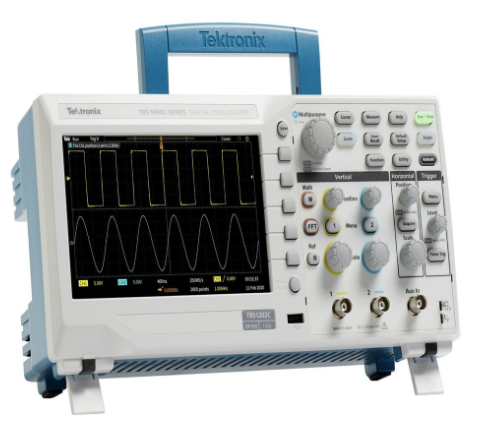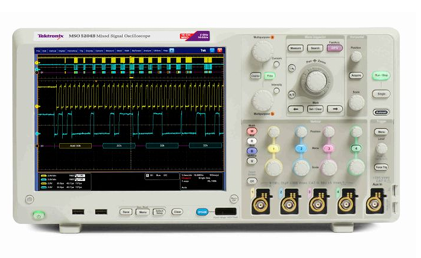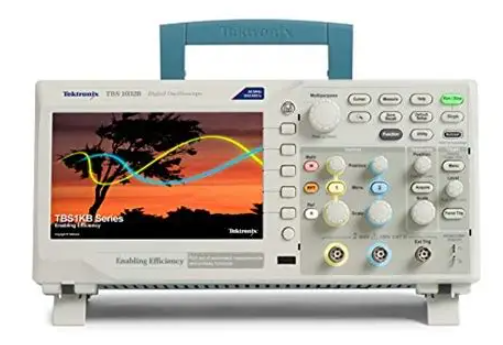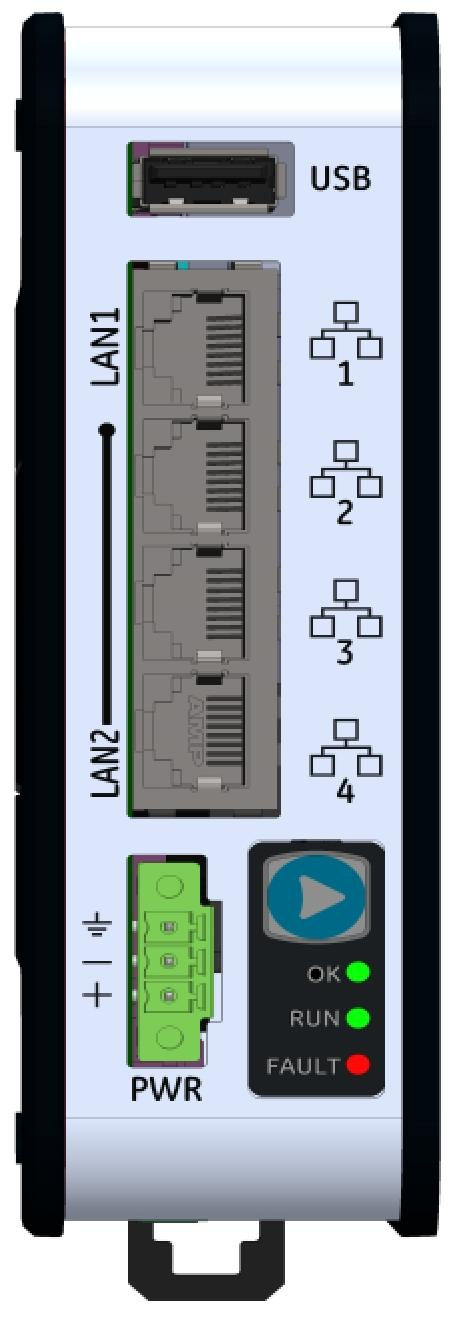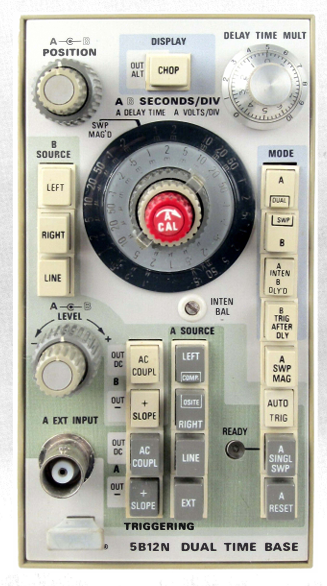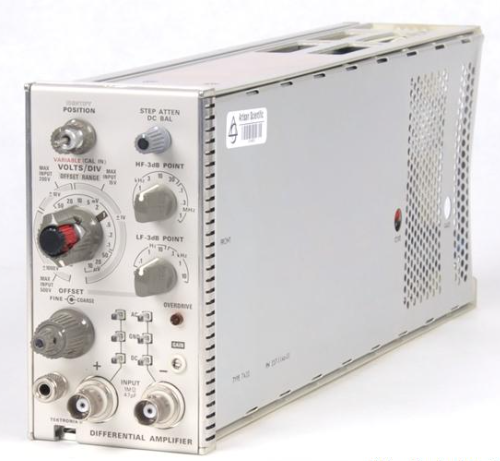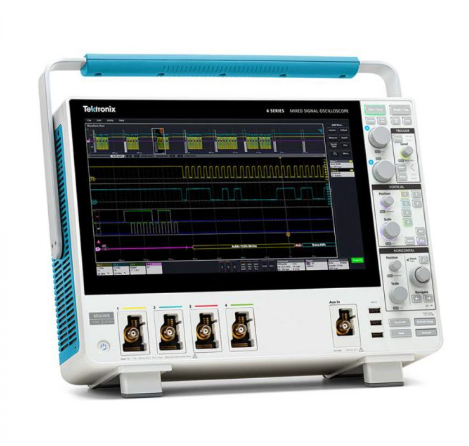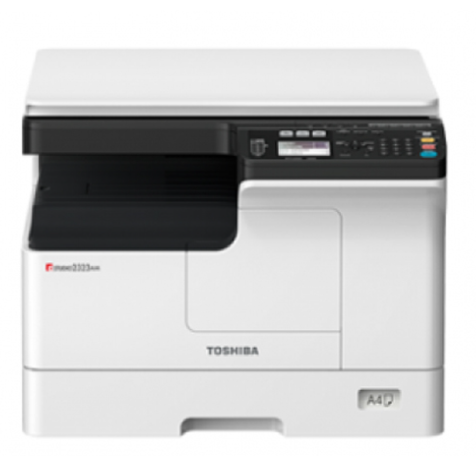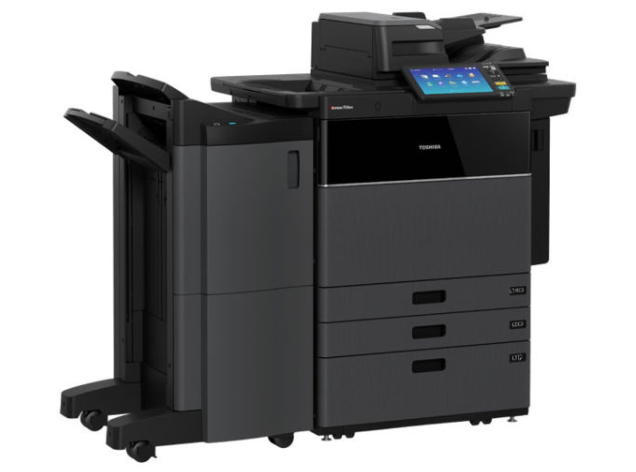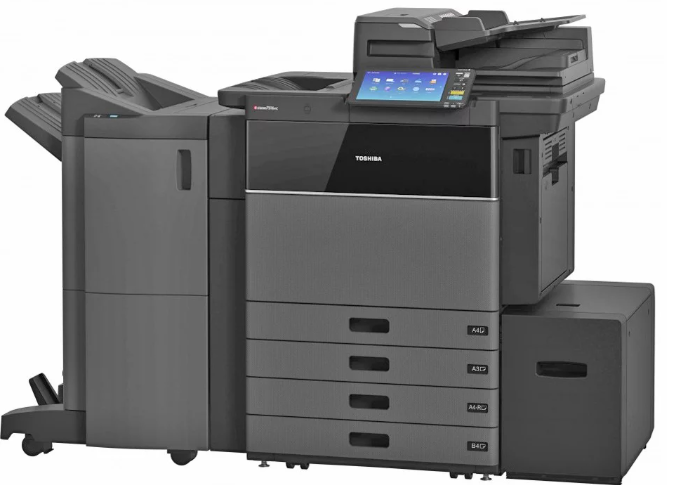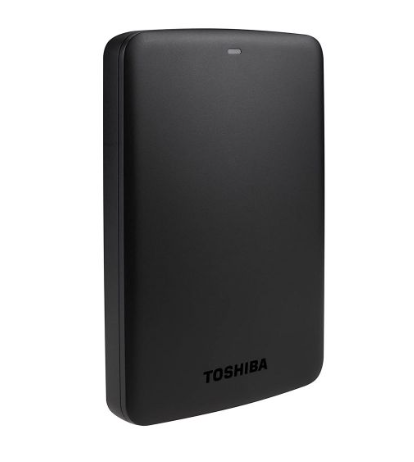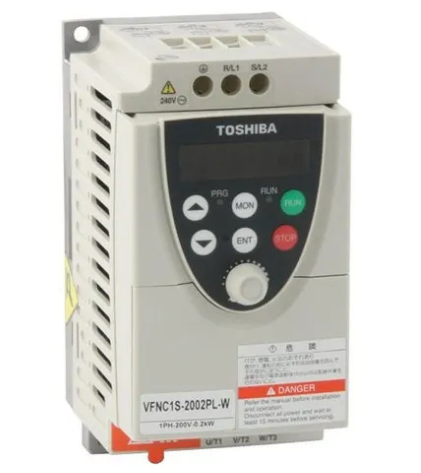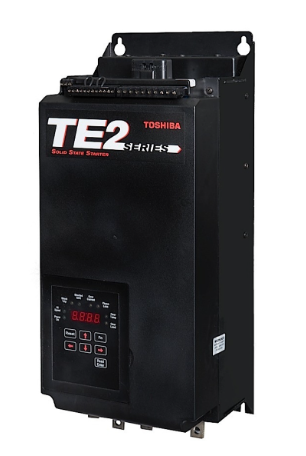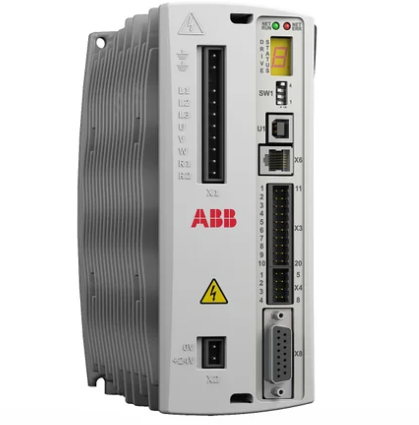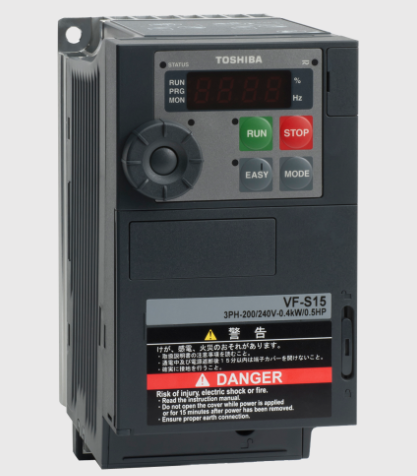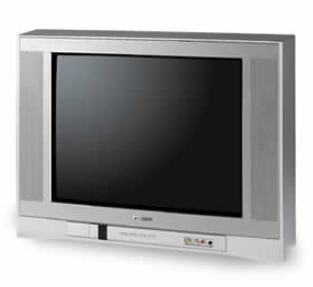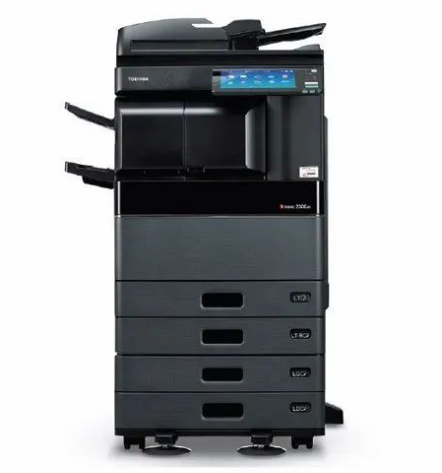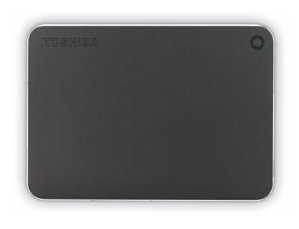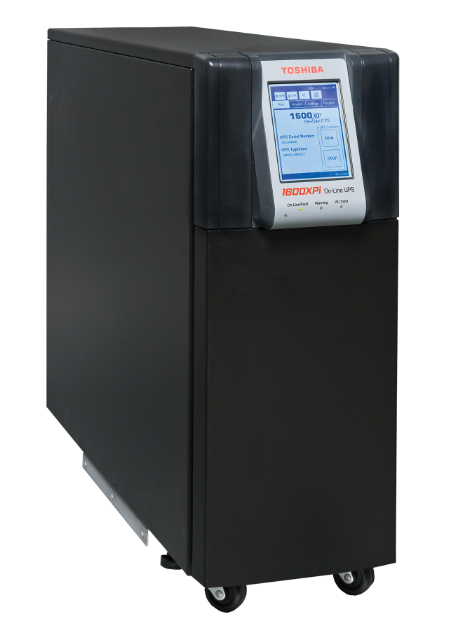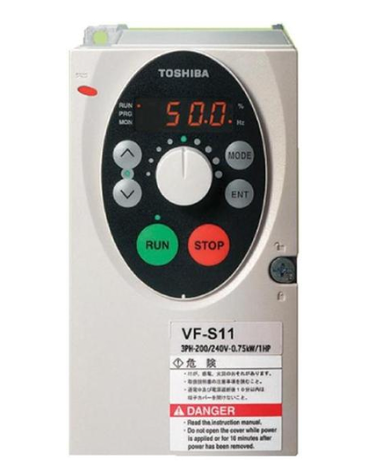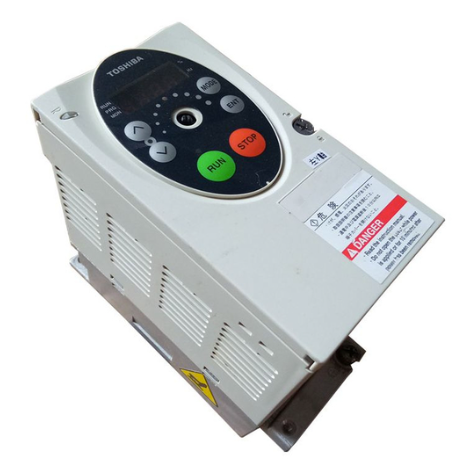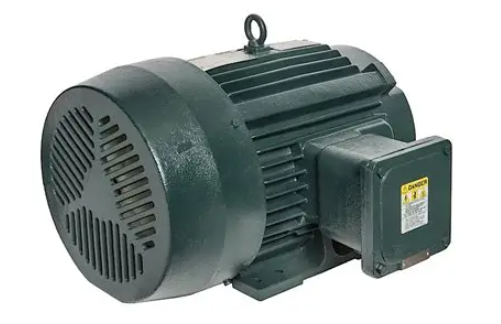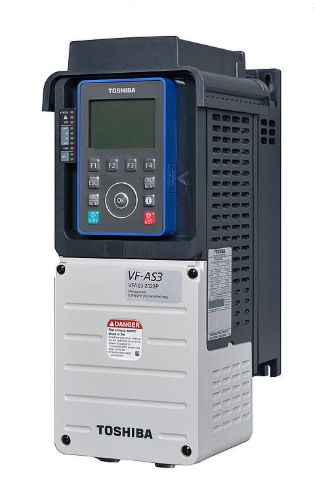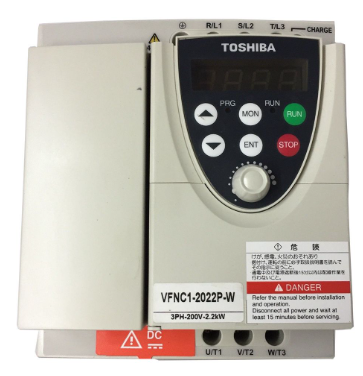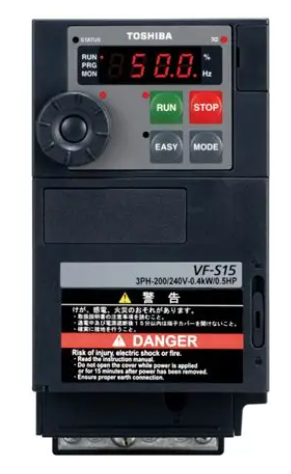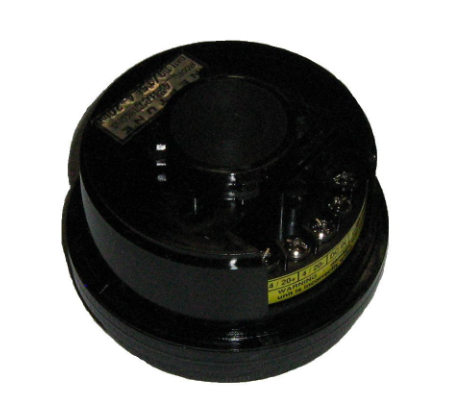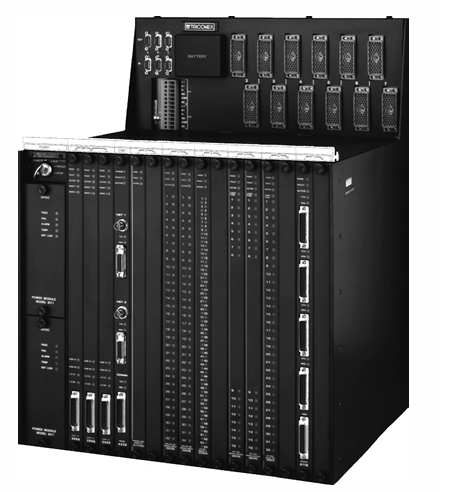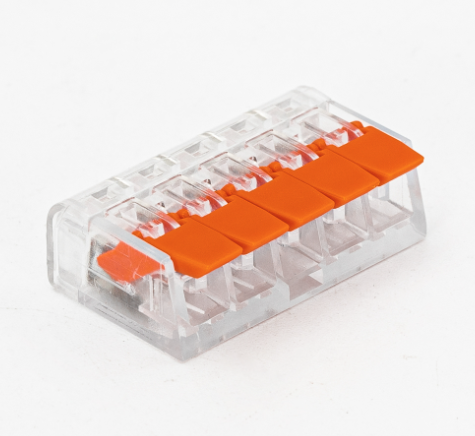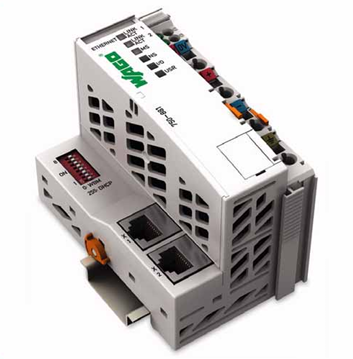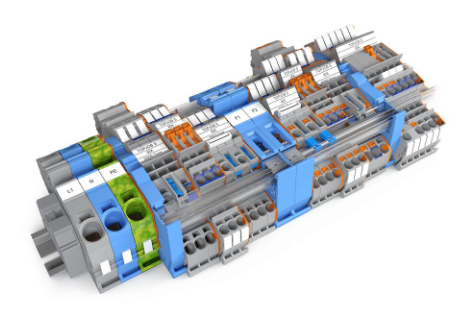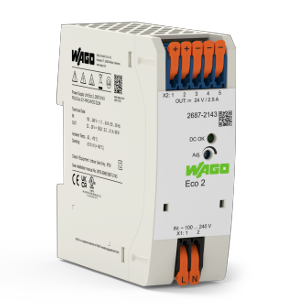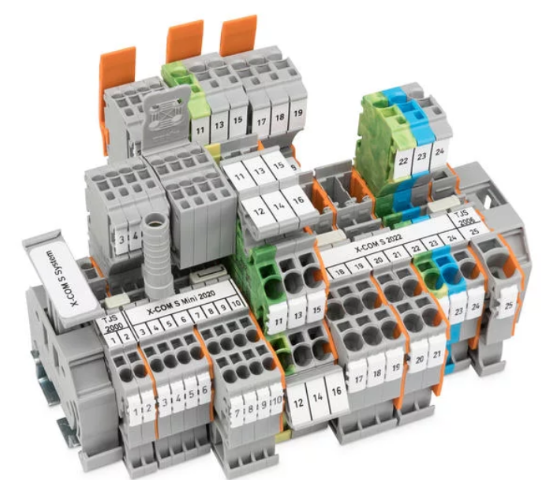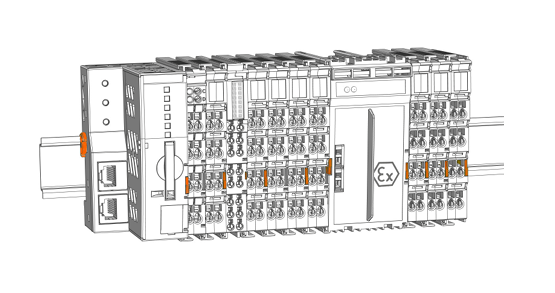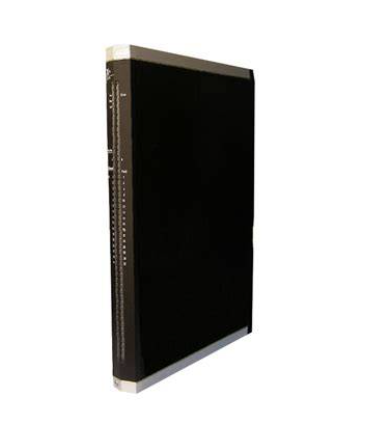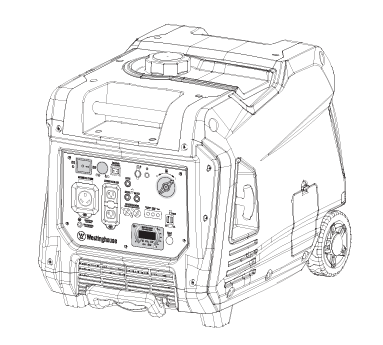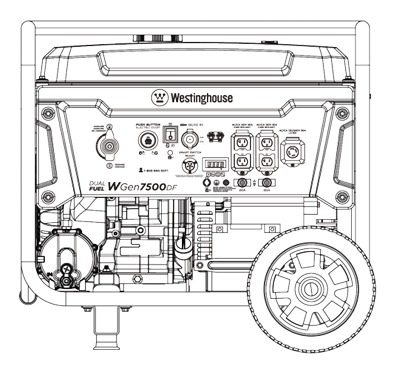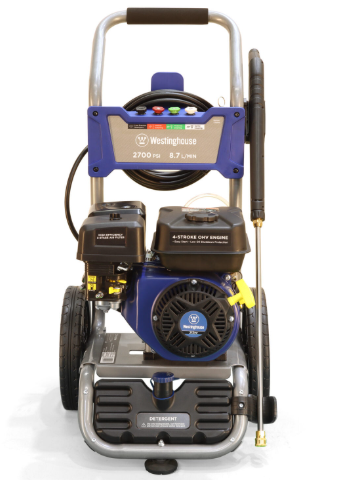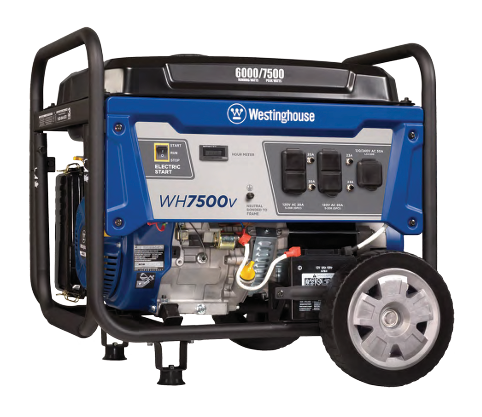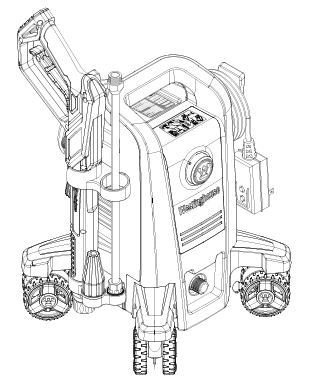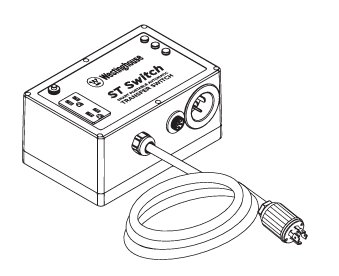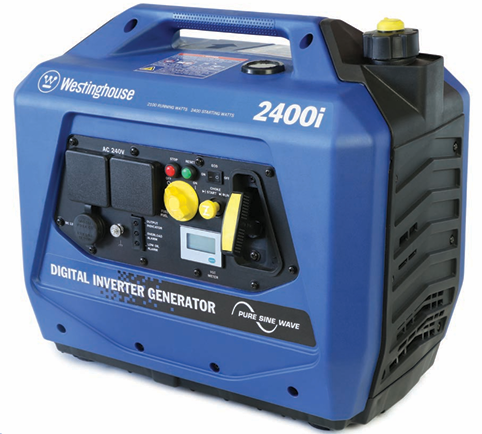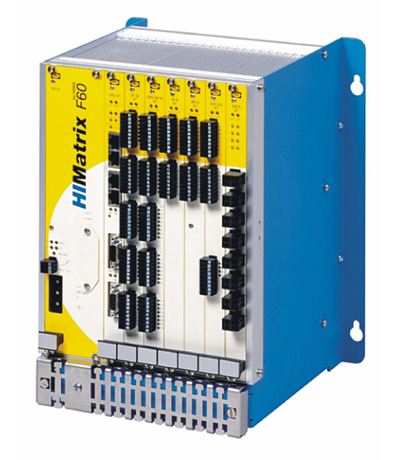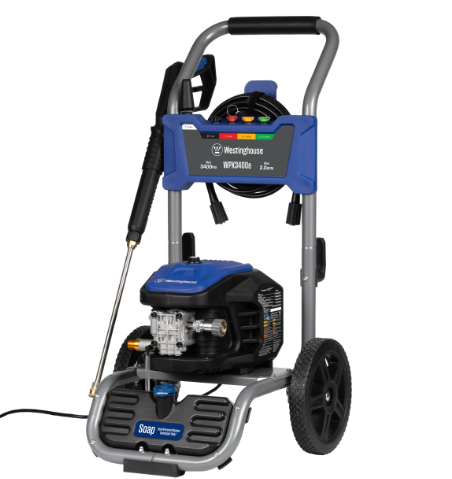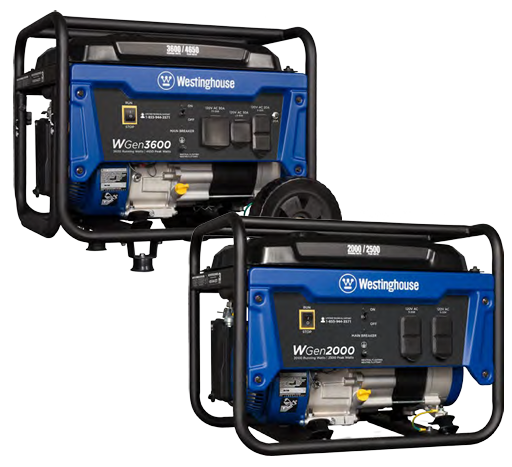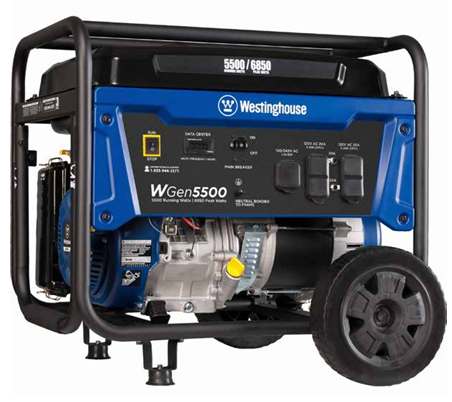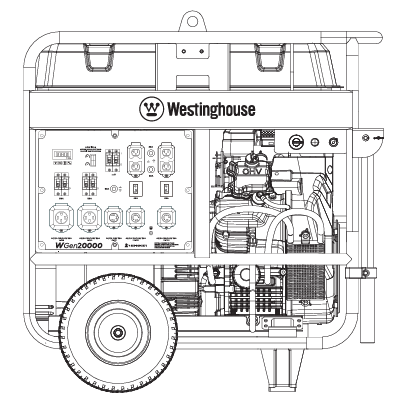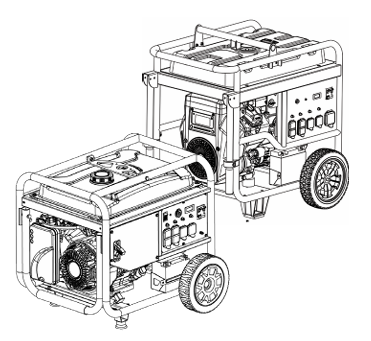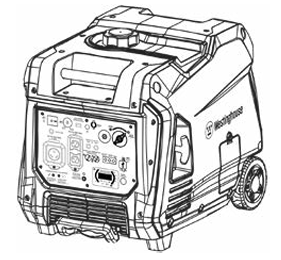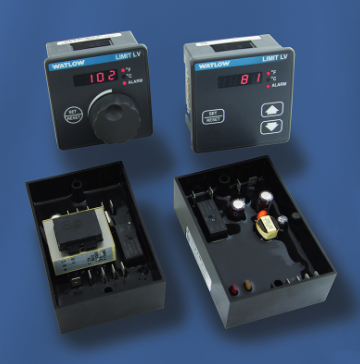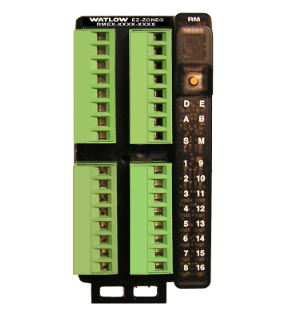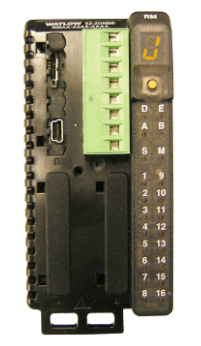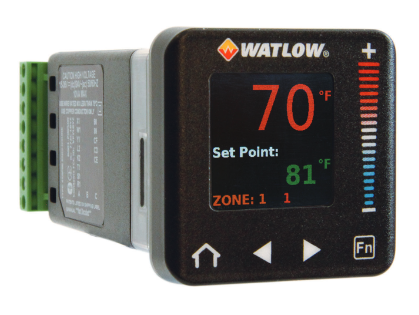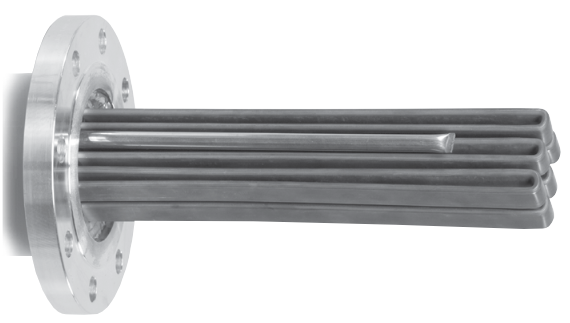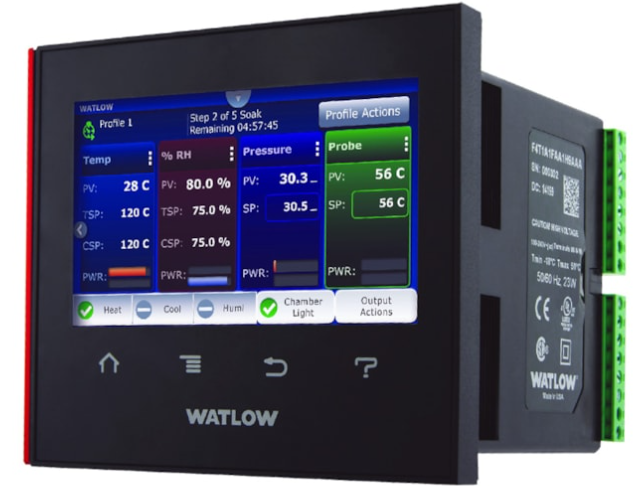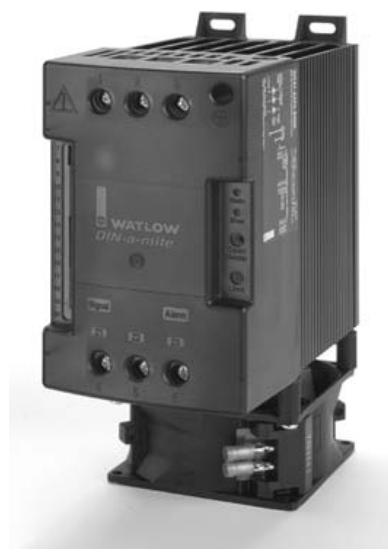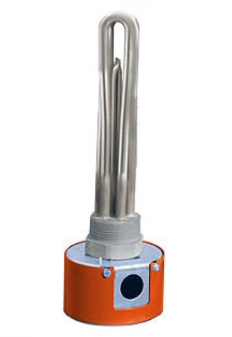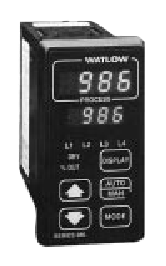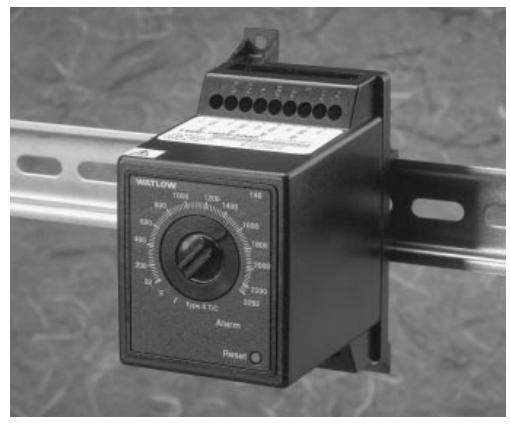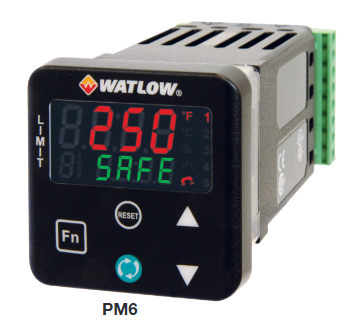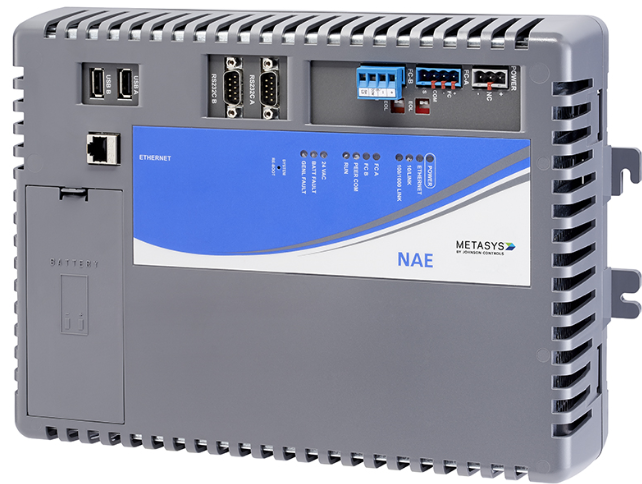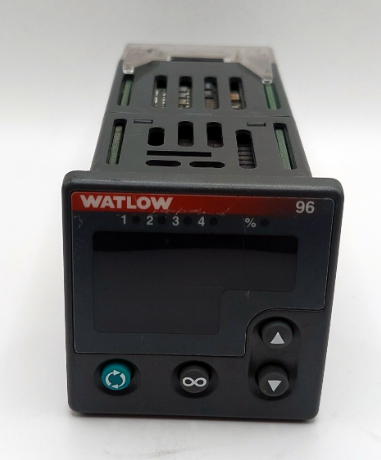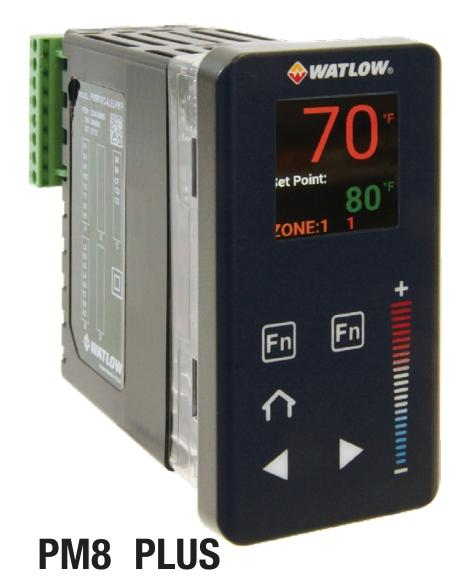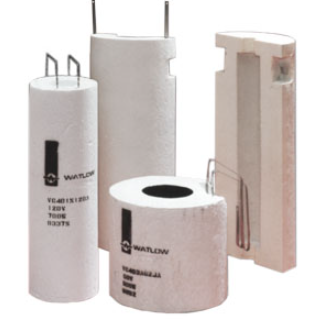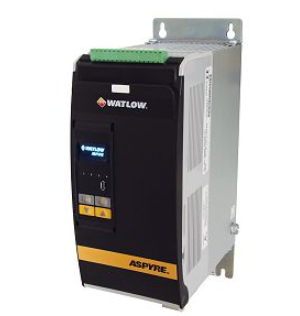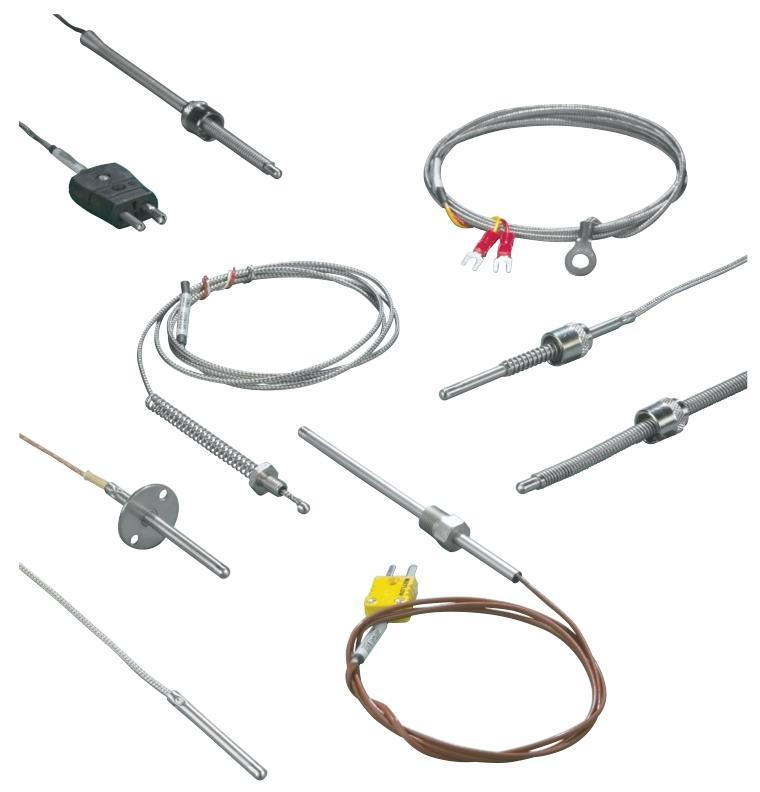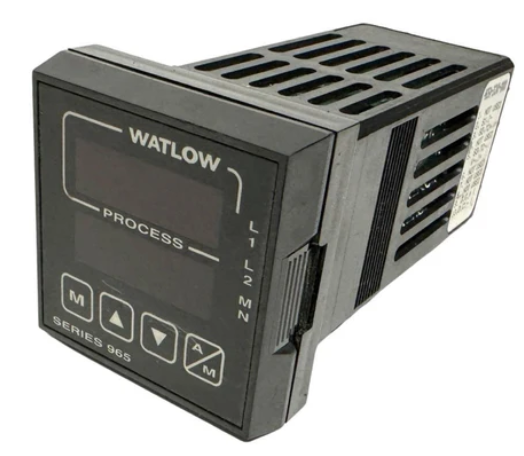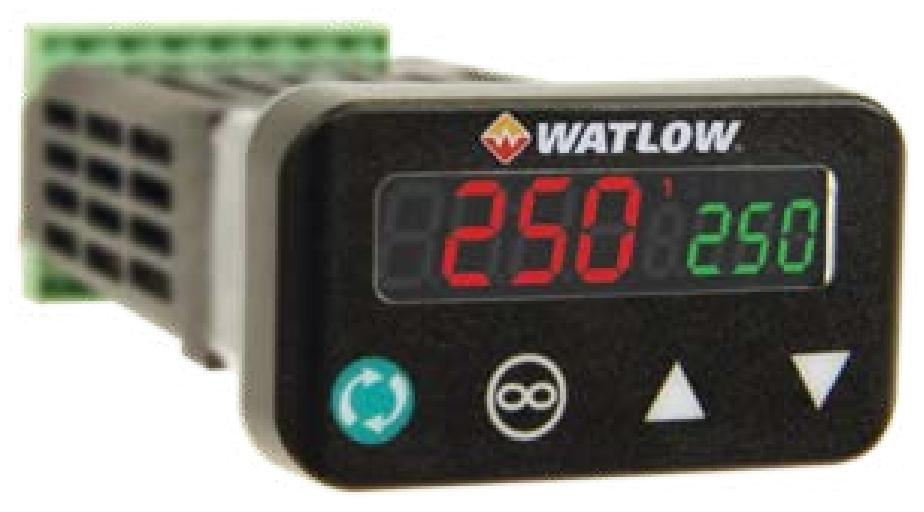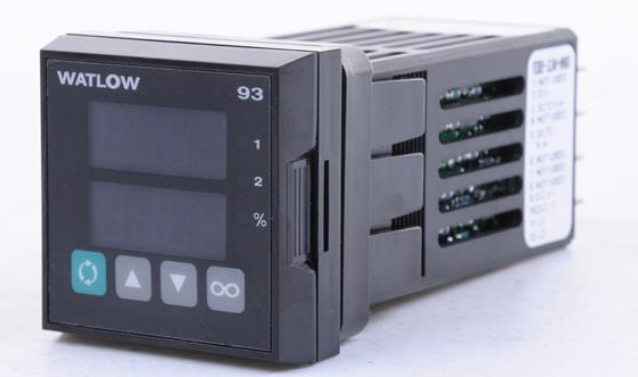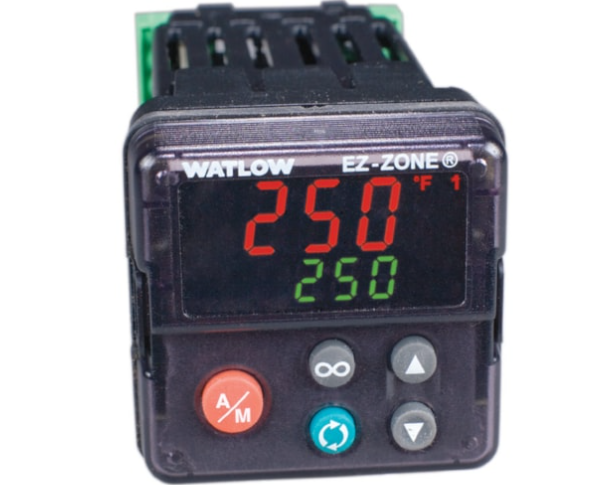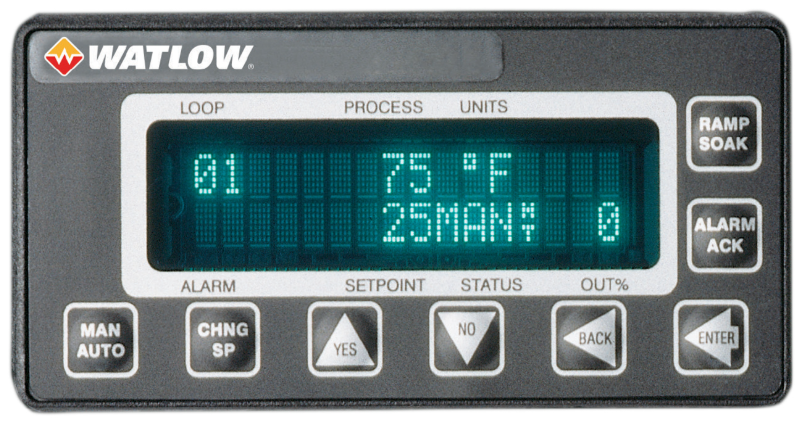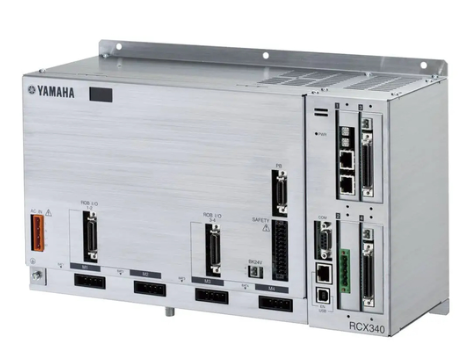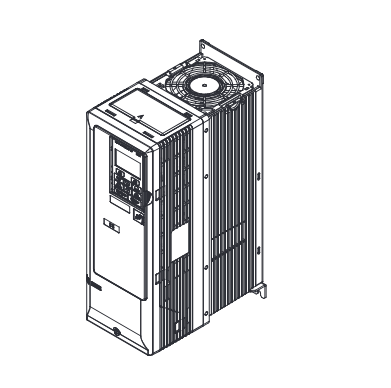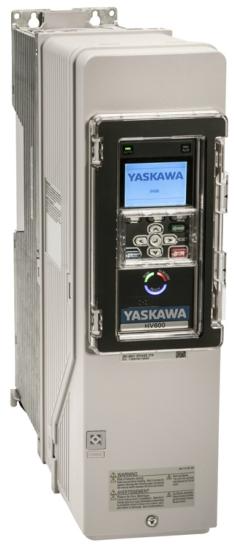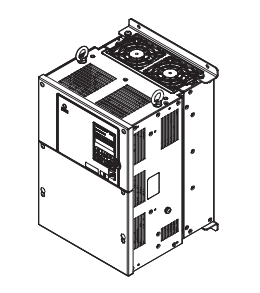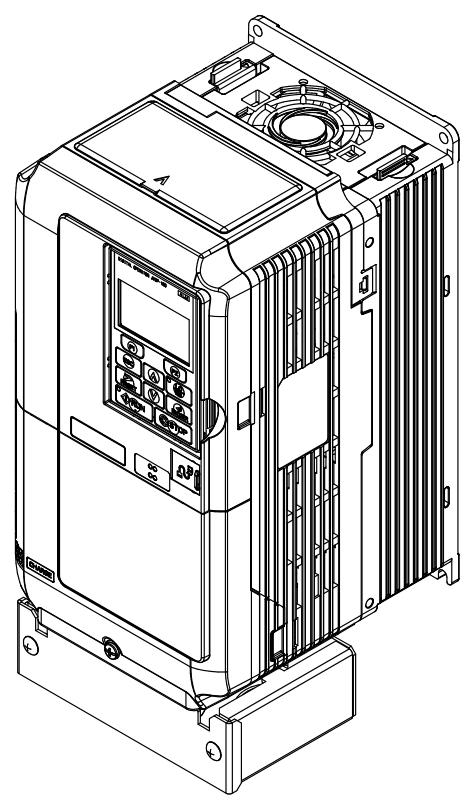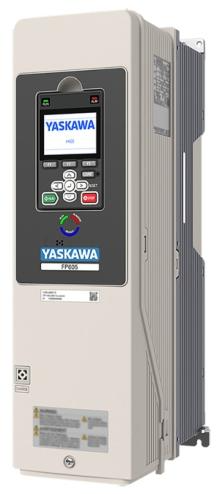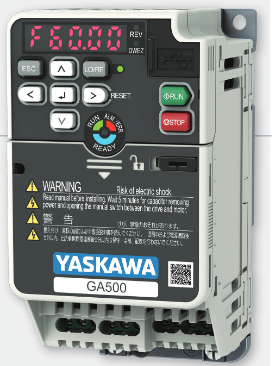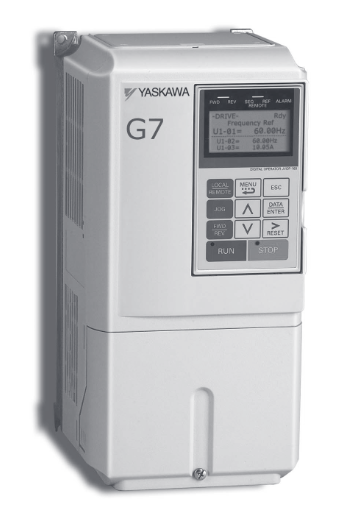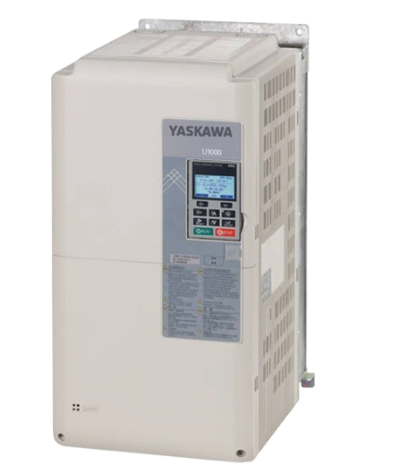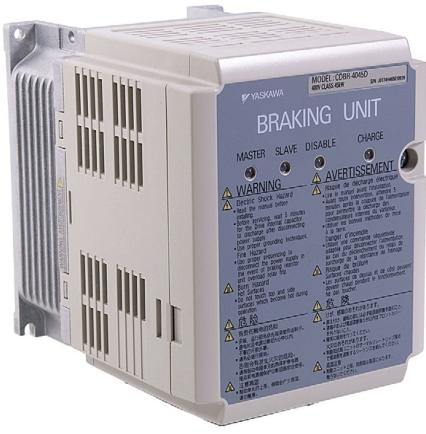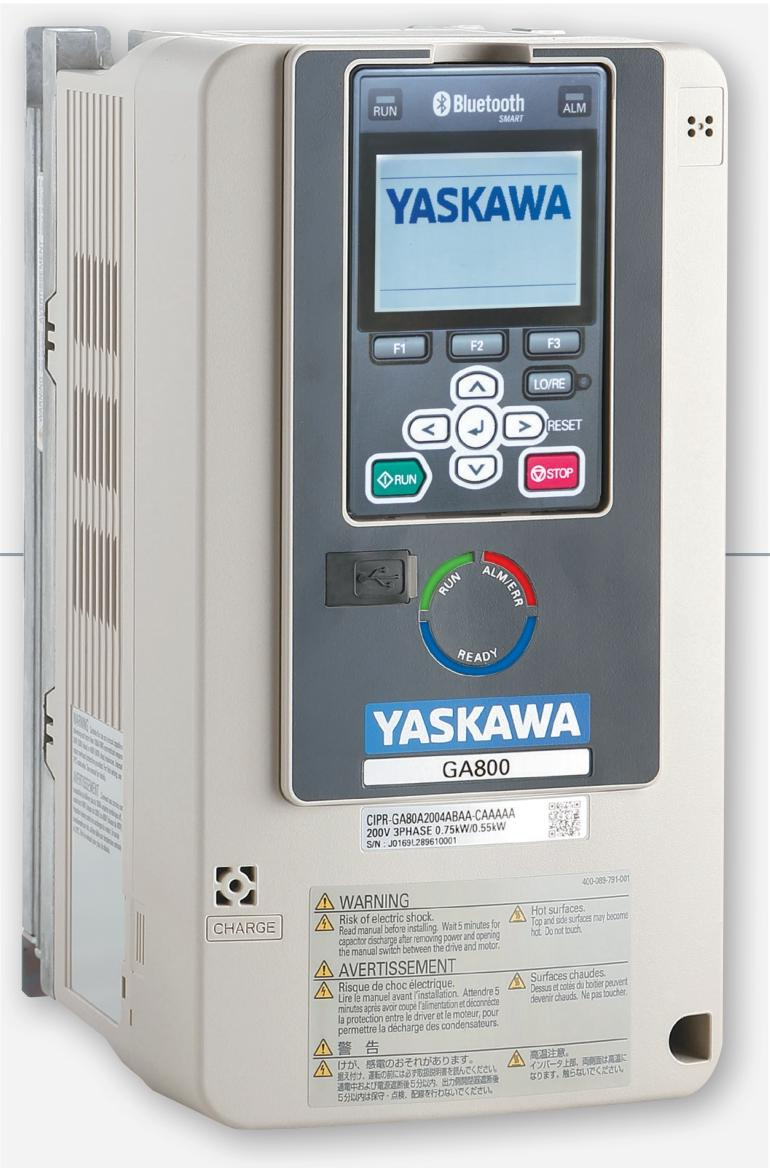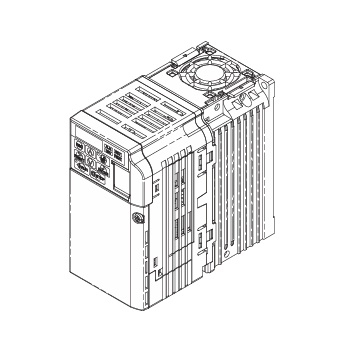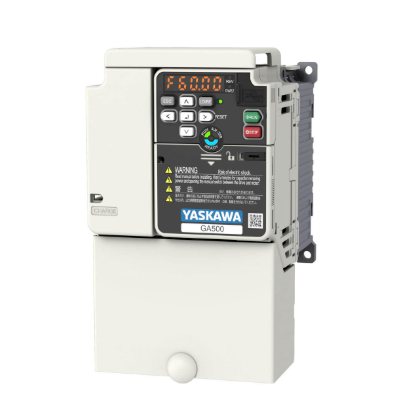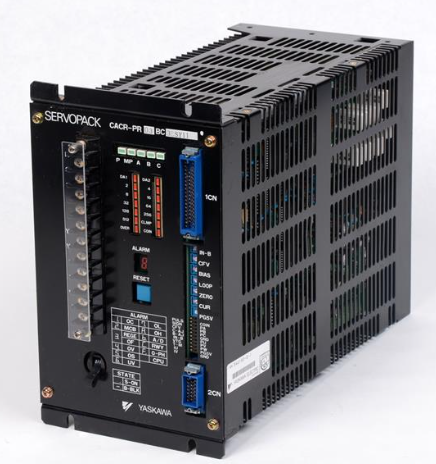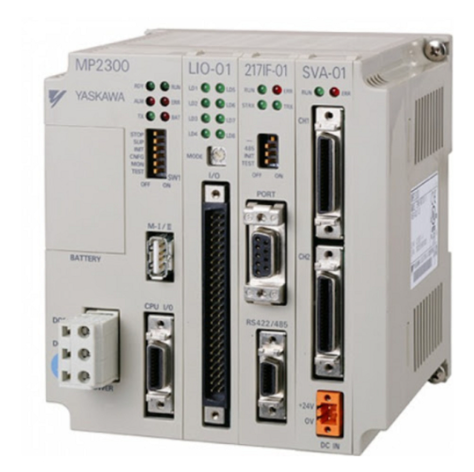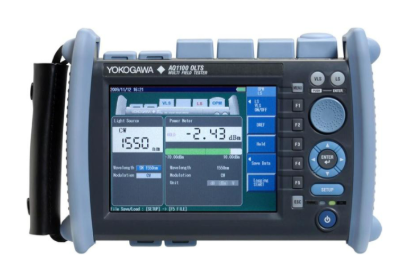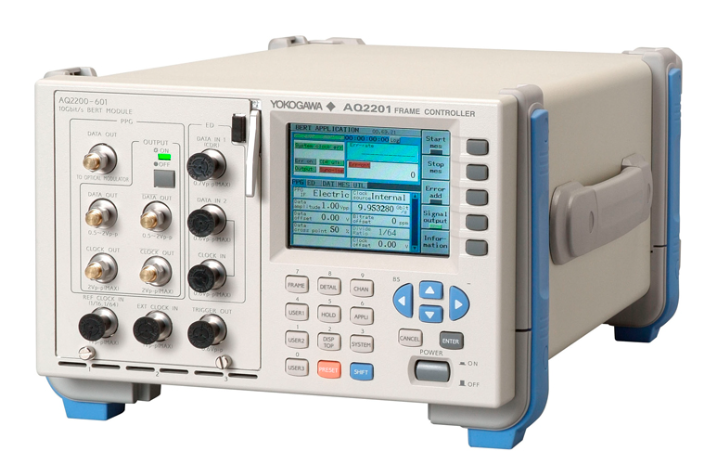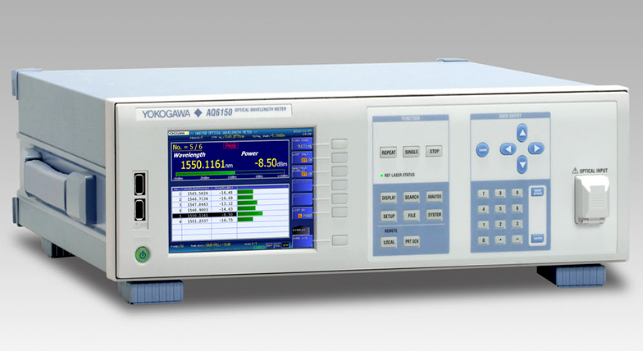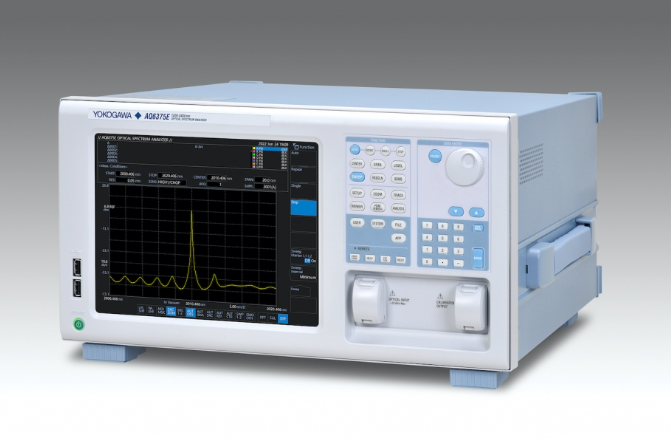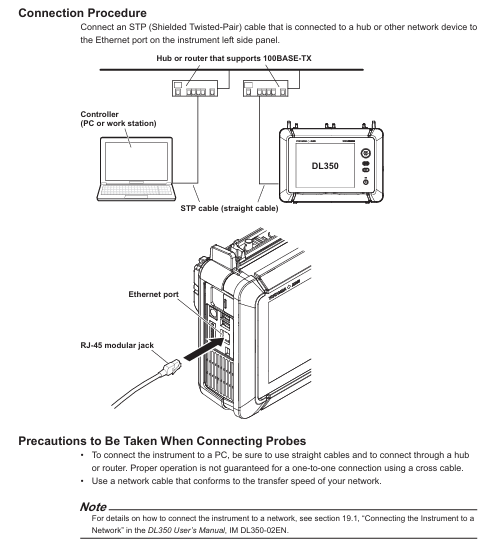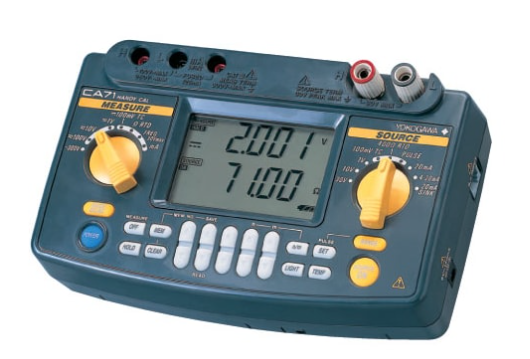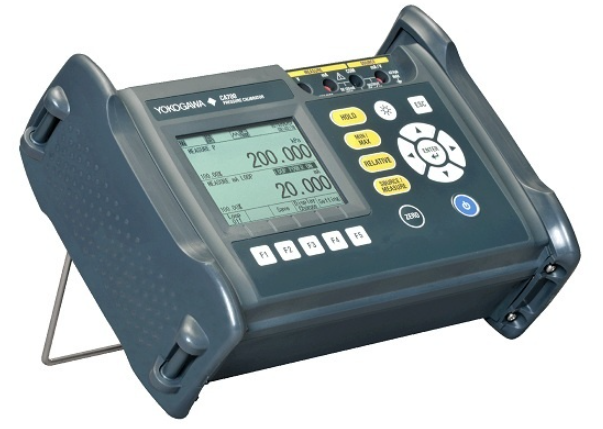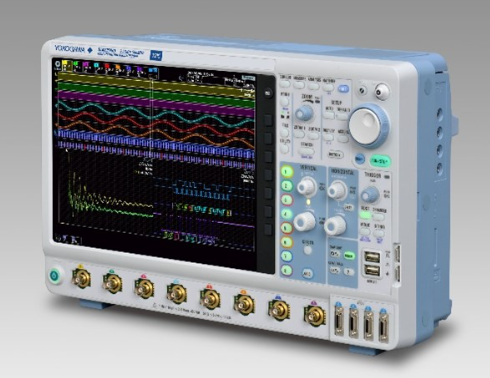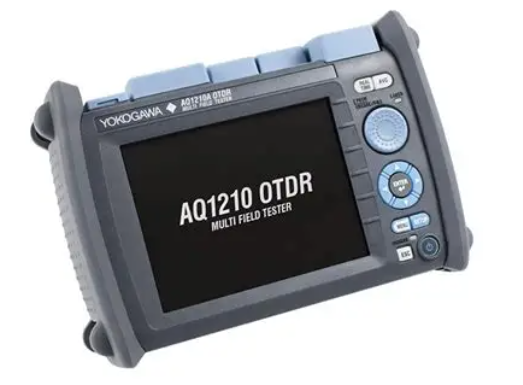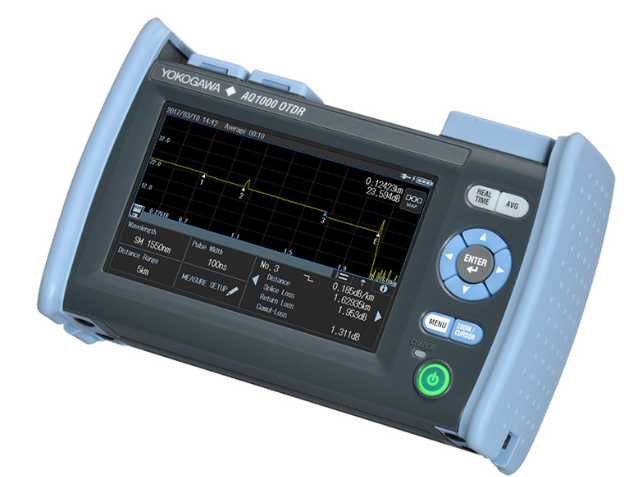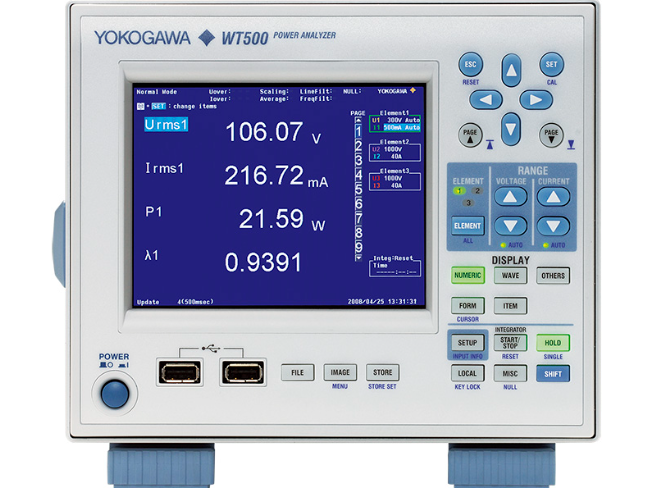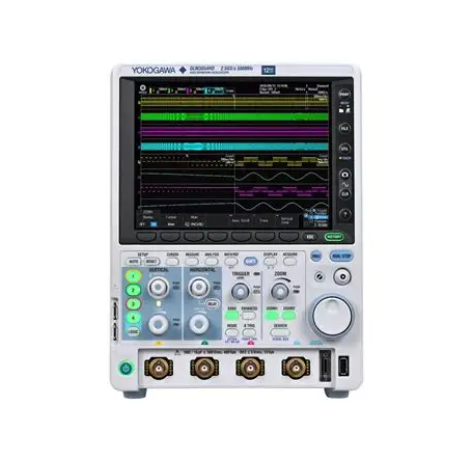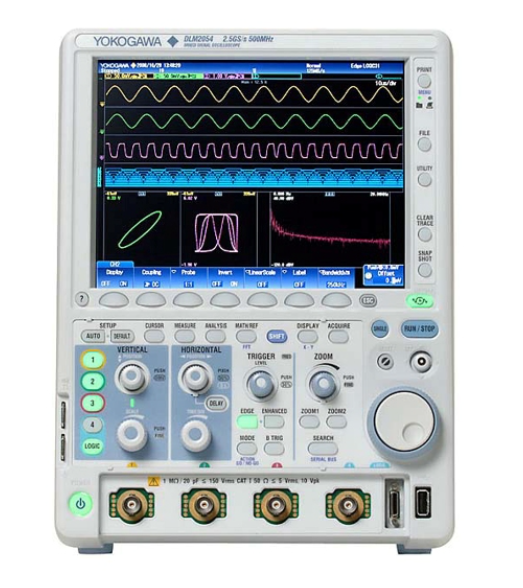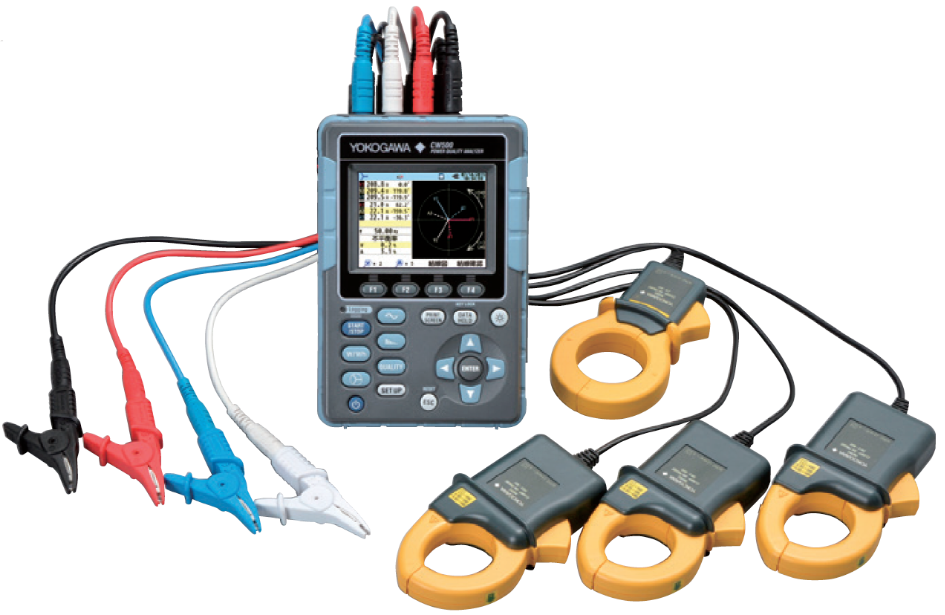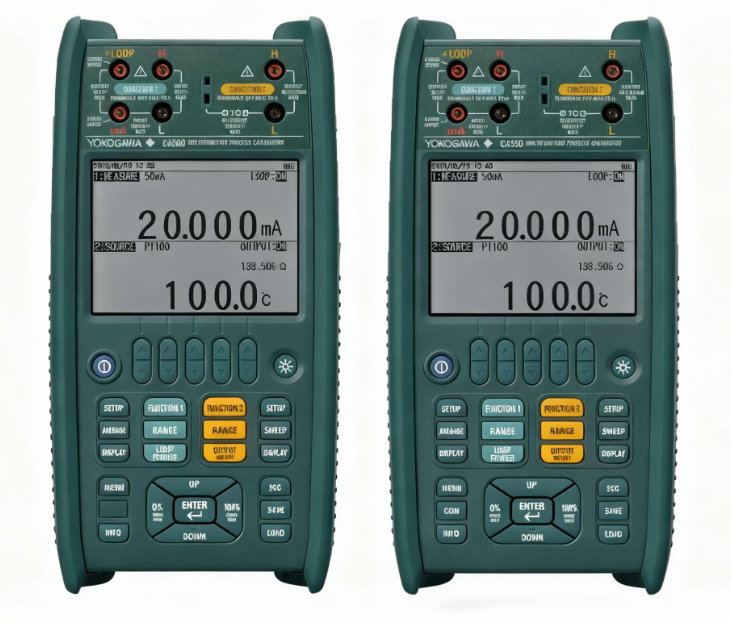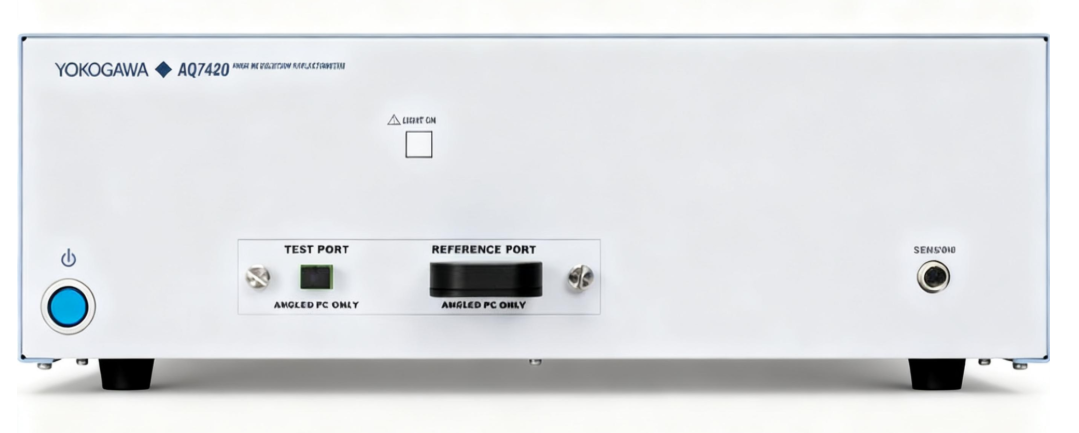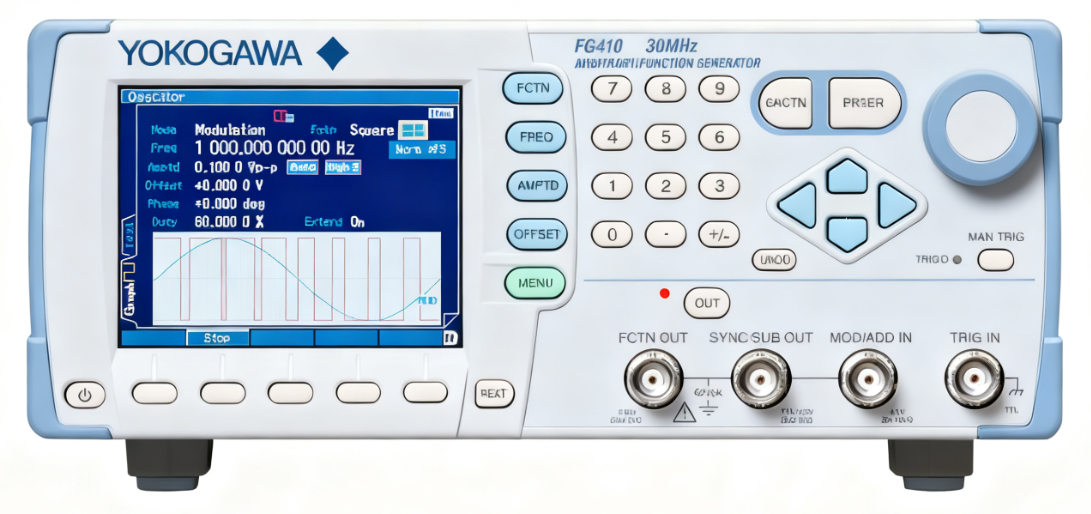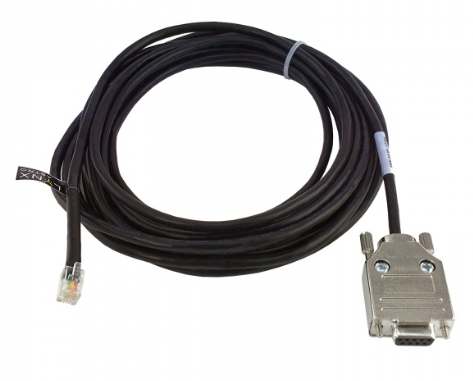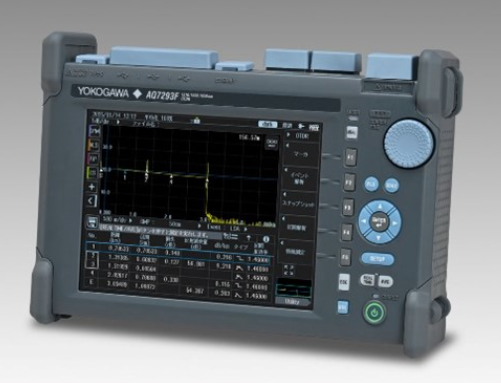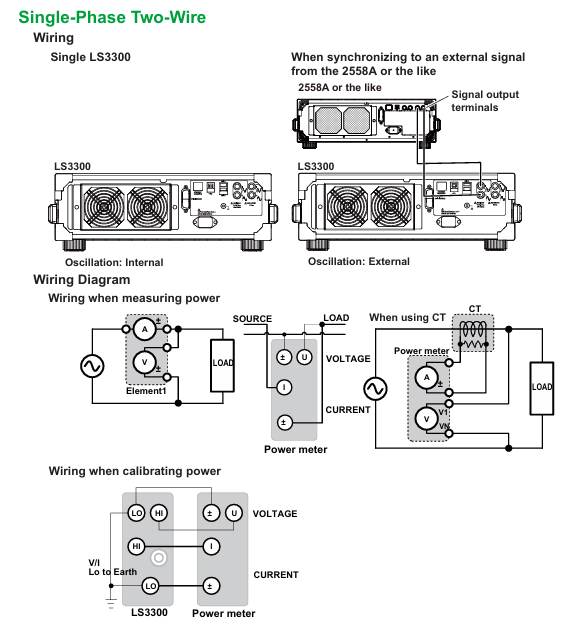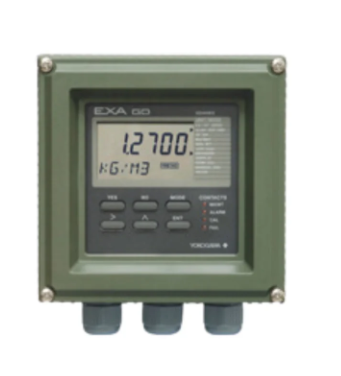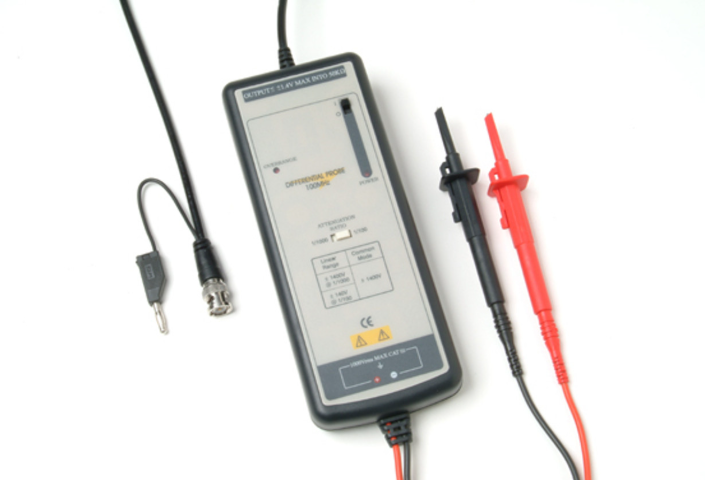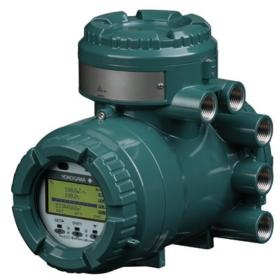

K-WANG


- Telephone:+86-15305925923
- contacts:Mr.Wang
- Email:wang@kongjiangauto.com
ABB SPDSM04 Pulse Input Module
Overview
Product Definition and Function: The ABB SPDSM04 Pulse Input Module is a module designed to receive and process pulse signals. It plays a vital role in industrial automation systems, mainly used to collect pulse signals from various pulse generating devices (such as encoders, flow meters, counters, etc.) and convert these signals into digital quantities, so that the control system can analyse, process and make use of them to measure and monitor parameters such as speed, flow rate, counting and so on.
Working Principle
Signal input and conditioning: The module has several pulse input channels, which can receive different types of pulse signals. When a pulse signal is input to the module, it first passes through a signal conditioning circuit. The main function of this circuit is to filter, amplify and shape the input signal. Filtering is to remove high-frequency noise and interference components from the signal to make the signal purer. Amplification is to enhance the amplitude of some weak pulse signals to a suitable range for subsequent processing. Shaping is to convert irregular pulse signals into regular square wave signals, e.g. to convert pulse signals with burrs or distortions into standard square wave signals with alternating high and low levels for easy counting and measurement.
Pulse counting and measurement: The conditioned pulse signal is fed into a pulse counting circuit. This circuit will count the rising or falling edges of the pulses, depending on the settings of the module. At the same time, the module can also measure the frequency, period, duty cycle and other parameters of the pulse. For example, frequency is calculated by recording the number of pulses per unit time (e.g., 1 second); period is calculated by measuring the time interval between two adjacent rising edges of a pulse; and duty cycle is calculated by counting the ratio of the pulse high level duration to the pulse period. These measurement parameters can be calculated and processed by the microprocessor inside the module.
Data transmission and communication: The processed data related to the pulse signals (e.g. counting results, frequency, period, etc.) are stored in the internal registers of the module. The module then transmits this data to the control system via a communication interface (e.g. industrial Ethernet, Profibus, Modbus, etc.). The control system can make further analyses and decisions based on this data, for example, to control the speed of a motor based on the pulse counts from the motor encoder, or to calculate the flow rate and perform flow control based on the pulse signals from the flow meter.
Performance features
Highly accurate pulse processing: High accuracy in pulse signal acquisition, counting and measurement. Pulse counting accuracy can reach ±1 pulse, frequency measurement accuracy can reach ±0.1% - ±0.5% reading accuracy, and period measurement accuracy can also reach a high level. This high level of accuracy allows it to accurately measure a wide range of pulse signal related parameters, providing reliable data support for the precise control of industrial processes.
Multi-Channel Input Function: Typically has multiple pulse input channels, the number of channels may vary from 2 - 8. This multi-channel design allows simultaneous reception and processing of pulse signals from several different sources, facilitating the monitoring of multiple devices or parameters. For example, in a complex industrial automation system, pulses from multiple motor encoders can be collected simultaneously to monitor the motor's operating status, or pulses from multiple flow meters can be received simultaneously to monitor the flow rate of different pipes.
Wide Pulse Frequency Range: A wide range of pulse frequencies can be processed, generally from a few Hz to tens of kHz or even higher, depending on the module model and configuration. This wide range of adaptability allows it to be used in a variety of different frequency pulse signal processing scenarios, for example, from measuring encoder pulses from low-speed rotating equipment to processing pulses from high-speed electronic equipment.
High signal immunity: Various anti-interference measures are taken during signal input and processing. In addition to the filtering function in the signal conditioning circuitry, the module has been optimised in terms of hardware design and software algorithms to enhance anti-interference capability. For example, in industrial environments where electromagnetic interference (EMI) and radio-frequency interference (RFI) exist, it is able to effectively identify and filter interference signals to ensure accurate pulse signal acquisition and processing.
Technical Parameters
Input parameters
Number of input channels: generally 2 - 8 channels, each channel can receive and process pulse signals independently.
Input signal type and level requirements: A variety of pulse signal types can be received, such as TTL (Transistor Transistor Logic) level signals, CMOS (Complementary Metal Oxide Semiconductor) level signals and so on. For level requirements, the input high level range may be 2V - 5V, and the input low level range may be 0V - 0.8V, which may vary slightly depending on the module model.
Input pulse frequency range: The frequency range is generally from a few Hz to tens of kHz, e.g. the minimum measurable frequency is 1Hz and the maximum measurable frequency is 50kHz.
Measurement parameters
Pulse counting accuracy: Counting accuracy of ±1 pulse ensures accurate counting.
Frequency Measurement Accuracy: Measurement accuracy of ±0.1% - ±0.5% reading accuracy provides highly accurate frequency measurements.
Cycle Measurement Accuracy: Cycle measurement accuracy is also high, depending on the frequency range and module settings, and can generally achieve cycle reading accuracy of ±0.1% - ±0.5%.
Duty Cycle Measurement Range and Accuracy: The duty cycle measurement range is generally 0% - 100%, and the accuracy can reach ±1% - ±5% of the duty cycle reading accuracy.
Communication Parameters
Supported communication protocols: Support a variety of industrial communication protocols, such as industrial Ethernet, Profibus, Modbus, etc., to facilitate integration with different control systems.
Communication rate: The communication rate varies according to different protocols. For example, in industrial Ethernet communication, the communication rate can reach 10Mbps - 1000Mbps; in Profibus communication, the communication rate can reach 12Mbps - 100Mbps; in Modbus communication, the communication rate can vary from 9600bps - 115200bps.
Physical Parameters
Dimensions: The external dimensions are generally designed according to the installation requirements, the length may be between 10cm - 20cm, the width between 5cm - 10cm, the thickness between 3cm - 8cm, easy to be installed in the standard card slot of the control cabinet or the installation position of the equipment.
Weight: Light weight, usually between 100g - 500g, will not cause excessive burden on the overall weight and installation of the equipment.
Environmental parameters
Operating temperature range: can work in a wide range of temperature, generally - 20 ℃ - + 60 ℃, can adapt to different industrial site temperature conditions.
Humidity range: Relative humidity range is usually 10% - 90% (non-condensing), ensuring normal operation in different humidity environments.
Application Areas
Motor control and monitoring: In motor control systems, it is used to receive pulse signals from the motor encoder. By counting and measuring the frequency of the pulse signals, information on the speed and direction of rotation of the motor can be accurately obtained. This is important for speed and position control of motors as well as for fault diagnosis (e.g. motor blocking detection).
Flow measurement and monitoring: In fluid measurement systems, it is used in conjunction with various flowmeters (e.g., turbine flowmeters, vortex flowmeters, etc.). The pulse signal output from the flowmeter is received by the module and can be counted and related calculations can be made to determine the flow size. This plays a key role in flow monitoring and control in chemical, petroleum, water treatment and other industries.
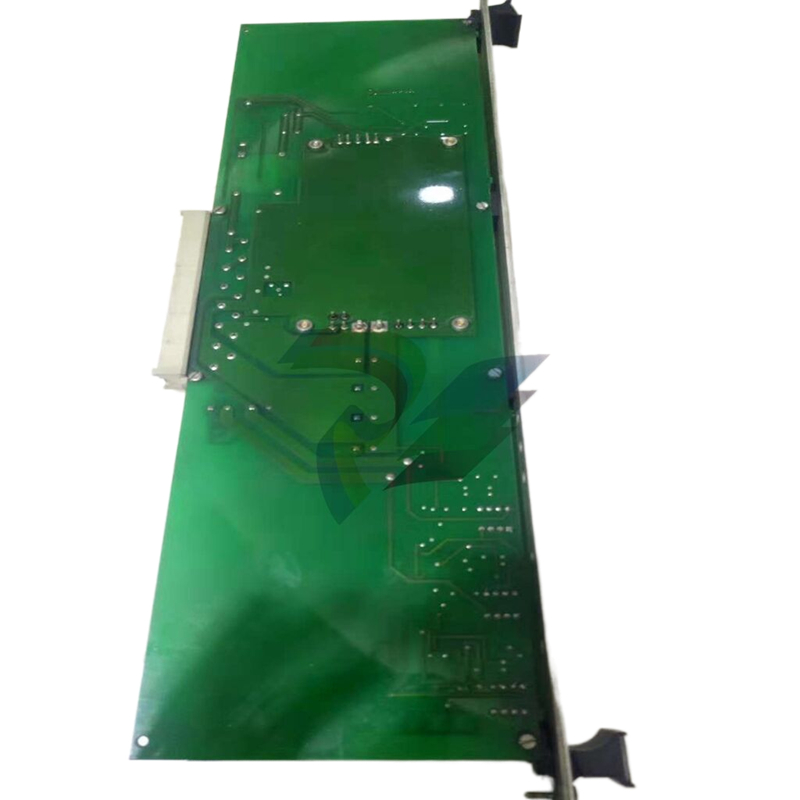
| User name | Member Level | Quantity | Specification | Purchase Date |
|---|






